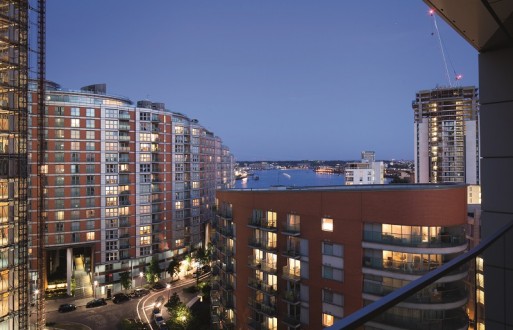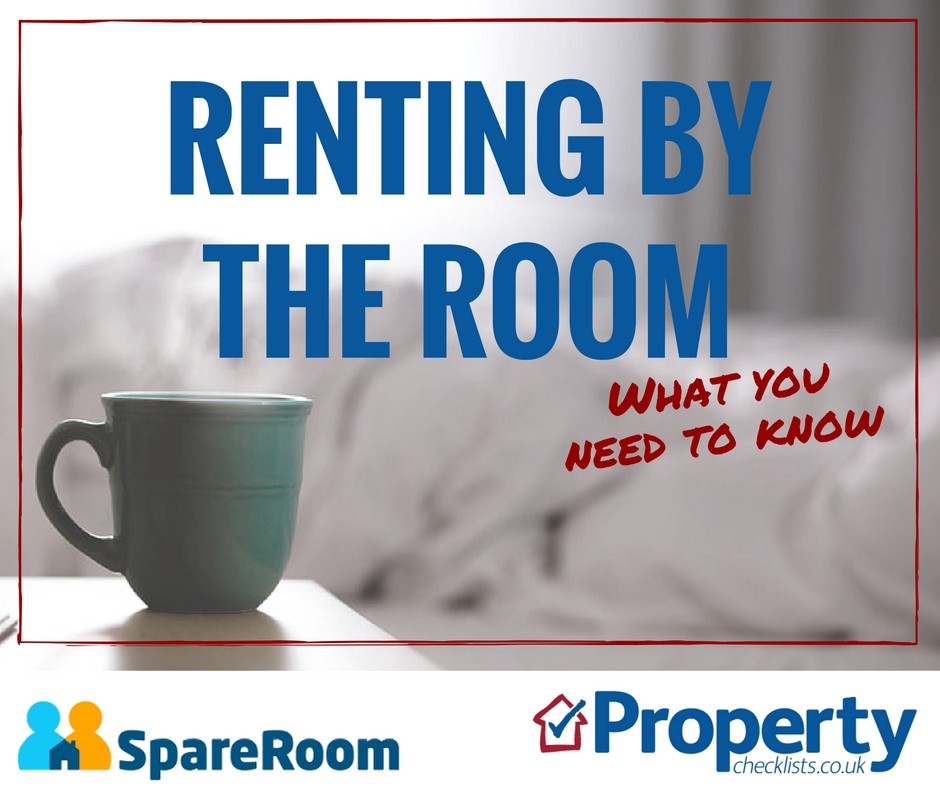publication date: Jun 4, 2019
|
author/source: Kate Faulkner, Property Expert and Author of Which? Property Books

Kate Faulkner's latest round up of the Private Rented Sector June 2019

2019 will prove a decisive year for the direction of the private rented sector.
The government has increased the costs to let for both landlords and agents and increased the number of hoops they have to jump through to let legally. On top of this, they have increased the chance and the level of fines with Local Authorities able to charge up to £30,000 for serious breaches.
And, although the government may be 'patting itself on the back' for reducing the percentage of households in the PRS versus home ownership, the loss of homes to rent is likely to be one of the main causes of any increases in homelessness and evictions, especially as our population is still rising.
This continued 'attack' on those operating in the Private Rented Sector is set to continue.
On 1st June 2019, agents and landlords were banned from charging tenants most of their fees to let and any charges have to be 'reasonable' - whatever that might be. We are expecting this, together with agent regulation (the latter of which I am a fan of) will reduce the number of agents by 20-30%. Yippee some might say, but with many agents on the high street, this will hurt a lot more of the economy and people's jobs than people may think.
And with the latest government initiative to try and stop any rise in evictions - bearing in mind that forcing landlords to sell is likely to contribute to any rises - is to get rid of Section 21, potentially making it more costly and harder for landlords to evict. Although bear in mind this won't hit the PRS for a year or more yet.
So you have to ask yourself: is there any good news about being a landlord or letting agent?
Well we've selected these recent rental reports for you to get your head around the reality of what's happening in the PRS this year and it's not all bad news!
- Zoopla - How affordable are rents in Great Britain?
Rental growth over the last decade has varied between +1% and +23% across regions. This is primarily down to variance in the growth in household numbers and employment as well as the affordability of home ownership.
Here's a summary of the report:-
1. The proportion of net earnings spent on rent has remained broadly stable over the last 15 years – ranging between 28% and 32%. When affordability becomes stretched, rents will re-adjust as we have seen in London. Reportage suggesting that landlords are unfairly inflating rents should be considered critically.
Currently though, despite rents often being described as 'extortionate' or 'sky rocketing', they are officially classed as 'affordable' within this range.
2. The occupancy level of rental housing is an important factor to consider when assessing the true affordability of renting, and subsequently the outlook for rental growth.
3. There remains potential for further rental growth in regional markets where affordability remains attractive and levels of employment are rising. 80% of first-time buyers move from renting and lower costs of accessing home ownership are likely to limit the pace of rental growth in regional markets.
- Knight Frank - Multihousing 2019 - includes PRS sector update, 2019 tenant survey results and investor survey
This is an excellent, comprehensive report of five key trends they think will affect the PRS:
1. Private rented sector continues to expand - An additional 560,000 households are expected to be living in the private rented sector by 2023. This takes the total proportion of those renting privately within the housing market to 22%, up from 20.6% today.
2. Individual buy-to-let landlords are exiting the market - Mortgage lending data shows that the number of new mortgages taken out by individual landlords has fallen over the last two years. The growth in the number of outstanding mortgages has also slowed dramatically, and is expected to turn negative this year, which will indicate that the market for geared rented property is shrinking for the first time in a decade.
3. Home ownership rate declines further - The number of owner-occupiers with a mortgage continues to fall but the rate of decline is slowing, due to ultra-low mortgage rates, stamp duty incentives for first-time buyers and Help to Buy for new homes. However, these factors are unlikely to be enough to stem a continuing, albeit modest, decline.
4. Increasing supply of professionally managed PRS , but more needed - There are currently 29,416 professionally-managed PRS units completed, and the current supply pipeline of BTR units is 110,092 (under construction or in planning).
5. Increase in provision of social housing - Currently at low levels, it is expected that the provision of social/affordable housing will increase in total numbers over the next 5 years. years. This is a response to looser lending rules for councils, new government funding for social housing and
increased activity of Registered Providers in the land market in recent years.
- MCHLG - English private landlord survey 2018
Although a report from last year, it offers great insight into 'who are our landlords' and issues with the sector. Whether you are landlord, agent or working in the lettings market, this is a must read:
1. Profile of private landlords
2. Profile of dwellings and households
3. Attitudes and behaviour
4. The future of the private rented sector.
And there is one more thing to watch or read up on:
Update on the rental market from the House of Commons Library. It includes information about Labour's plans for the PRS. Definitely a 'must watch' if you want to know how MPs are being briefed on the sector:
Listen to the Housing: changes in the private rented sector podcast
- The Mortgage Works - Buy to let barometer: Latest BVA BDRC landlord panel results for Q1 2019
This is really useful one pager showing:
1. What percentage of landlords are looking to buy or sell property
2. How confident landlords are feeling about their prospects for their own lettings business
3. How landlords plan to fund their next purchase, and more........
- Savills - Rental market overview
The report includes rental trends, growth, supply, affordability, social homes and build to rent and it's a corker! What is shows is the terrible flaw in the government's PRS policies.
It shows that although the number of first time buyers has risen, it's nowhere near as much as the number of properties tenants can access has fallen by. This presentation also covers the impact of Help to Buy and shows the real problem is the lack of social homes.
Some great facts and figures in here.
- Your Move - England & Wales rental tracker for May 2019
Find out what's happening to rents now. This report includes regional rents, yields, returns and trends in rental arrears.
To find out whether you rents are likely to rise or fall in the future, check out Savills' rental forecasts:
- Savills - Mainstream rental market forecasts
Rents aren't the easiest to predict, but they don't move as much or vary like house prices do. In fact, over time, the ONS shows that rents tend to rise around 2% a year - which is below average inflation.
And if you want a reminder of the property price predictions for 2019 and beyond, check out our own property price forecast page.



